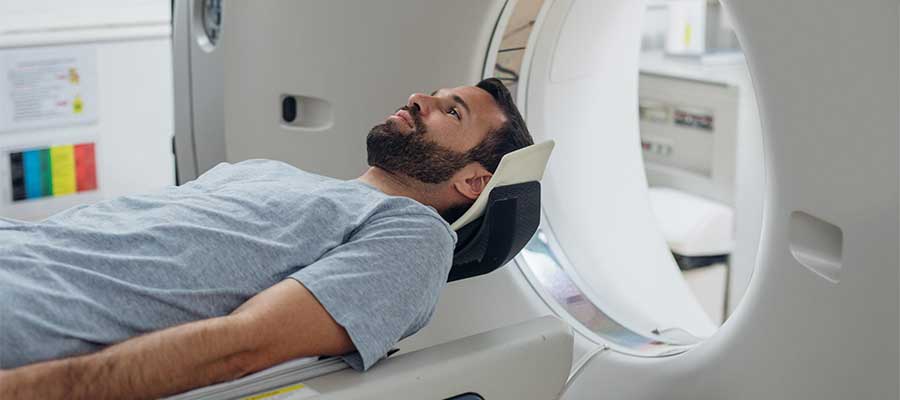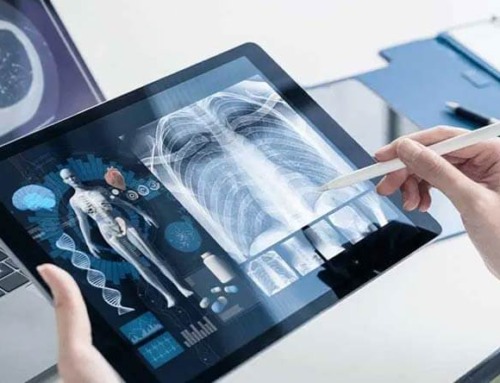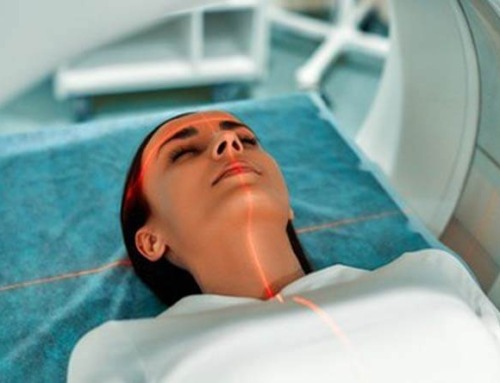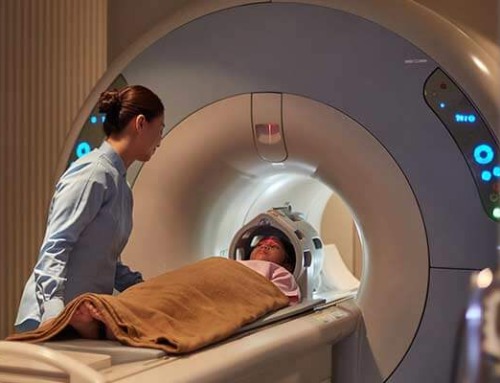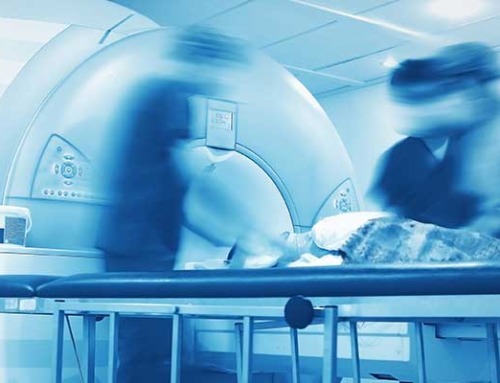Becoming an MRI technologist is a dream come true for many students passionate about healthcare and advanced medical imaging. With competitive pay and solid career growth opportunities, it’s a highly rewarding field. However, “how to become a magnetic resonance imaging technologist” is a question that many aspiring students ask before embarking on this journey. This guide will provide concise answers to help you understand the steps involved.
Breakdown on Degree Requirements
The first step in answering the question, “how to become a magnetic resonance imaging technologist,” is earning a degree from an ARMRIT accredited institution. A degree not only equips you with the knowledge and skills needed to operate an MRI scanner competently but also signals to employers that you’ve met the required educational standards. While both bachelor’s and associate degrees are valid options, associate degrees are the most common and accessible pathway for aspiring MRI technologists. As mentioned, programs accredited by the American Registry of Magnetic Resonance Imaging Technologists (ARMRIT) are especially valuable, as they meet rigorous standards set by experts in the field. Graduates of ARMRIT-accredited programs are well-prepared for certification exams and are highly sought after by employers in 2024, ensuring a strong start to their MRI careers.
Essential Courses for Aspiring MRI Technologists
To become an MRI technologist, choosing a program with a comprehensive and well-rounded curriculum is essential. Core MRI-specific courses such as Patient Care & MRI Safety, Fundamentals of MRI Physics, Pulse Sequence Design & Parameters, and MRI Procedures provide a strong technical foundation for understanding the complexities of magnetic resonance imaging. Complementary courses like Sectional Anatomy and Comprehensive MRI Pathology deepen knowledge of human anatomy and imaging techniques, while practical subjects like Troubleshooting MRI Artifacts and MR Equipment & Image Acquisition develop critical problem-solving skills needed in the field.
Beyond the technical aspects, programs should include education in Medical Terminology, Medical Ethics, Law & Cultural Diversities, and Psychology to prepare students for patient-centered care. A hands-on Clinical Externship, a requirement for ARMRIT-accredited programs, bridges the gap between classroom theory and real-world application, ensuring students gain invaluable practical experience. Additionally, general education courses such as English Composition, College Algebra, and Communications equip students with the essential skills needed for effective communication and professional success. A curriculum that integrates these elements prepares graduates for the diverse challenges and opportunities of a career in MRI technology.
The Vital Role of Clinical Training in MRI Courses
Clinical training is a cornerstone of every comprehensive MRI course, ensuring that students gain hands-on experience and practical knowledge. These sessions teach students how to conduct MRI procedures, administer MRI safety screenings, and position patients for various exams with precision and care. Additionally, students learn critical protocols for managing emergencies, such as handling MRI quenching incidents or other potential challenges, ensuring they are well-prepared to address any issues confidently and effectively in a real-world setting.
At Pulse Radiology Institute, clinical training is streamlined and supported by a dedicated team of clinical coordinators. This team helps students secure clinical placements at partnered facilities, ensuring they complete the 1,000 clinical hours required for ARMRIT accreditation. Each training session is supervised by experienced professionals who guide students through every step of the process, ensuring a smooth, effective, and enriching learning experience. With this robust support system, Pulse Radiology Institute provides students with the practical skills and confidence needed to excel as MRI technologists.
Are You Ready to Enroll and Start Your MRI Career?
Take the first step toward a rewarding career as an MRI technologist! At Pulse Radiology Institute, we’re here to provide the education, clinical training, and support you need to succeed. Whether you’re just starting your journey or looking to advance your skills, our ARMRIT-accredited programs are designed to fit your schedule and career goals.
Don’t wait—your future in MRI starts now! Contact us today to learn more about enrollment, program details, and how we can help you achieve your aspirations. Let Pulse Radiology Institute be your partner on the path to success!
So to answer your question of “how to become a magnetic resonance imaging technologist”, the answer is to talk to the Admissions Office at Pulse Radiology Institute!

